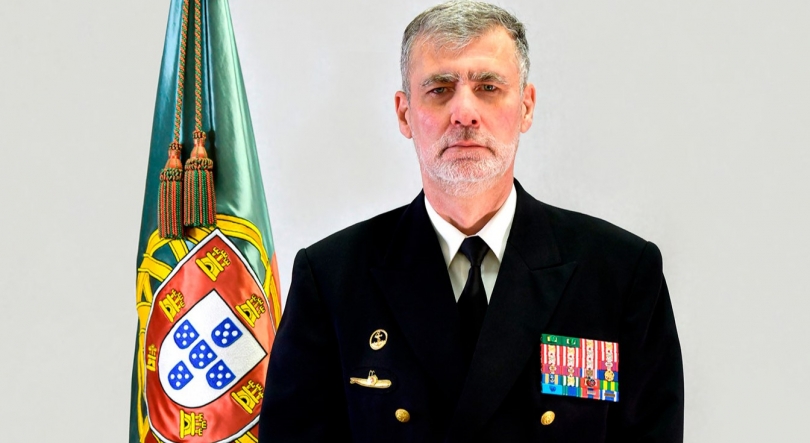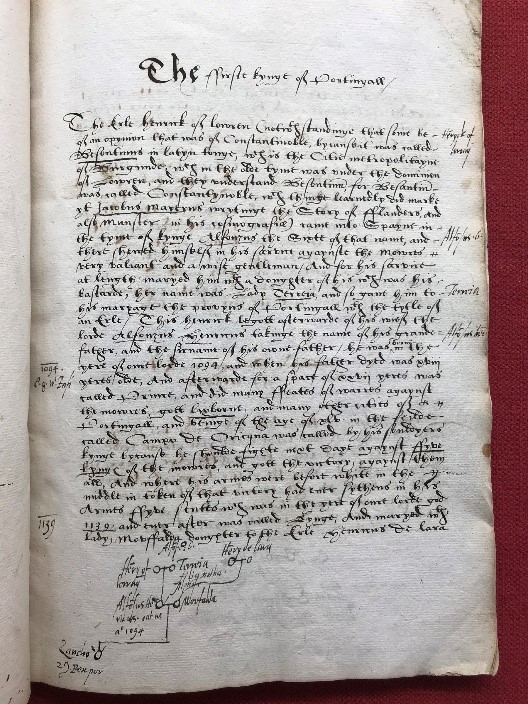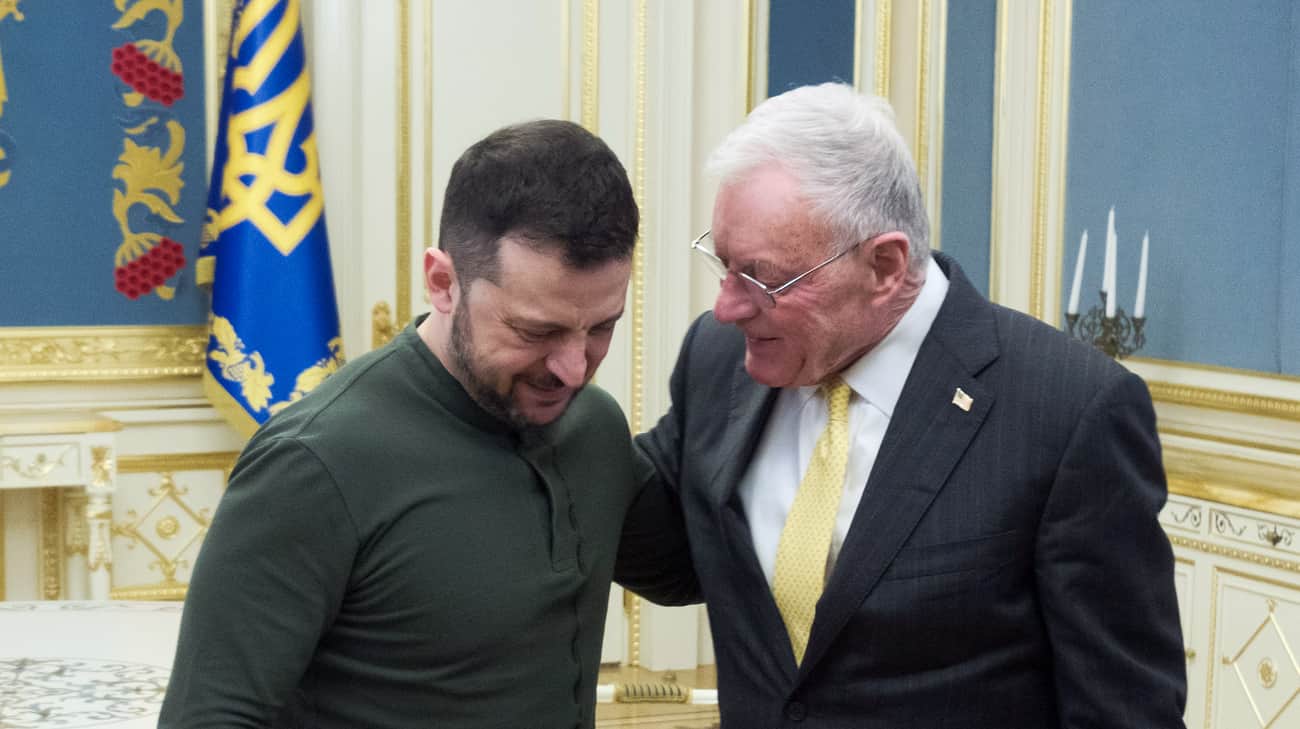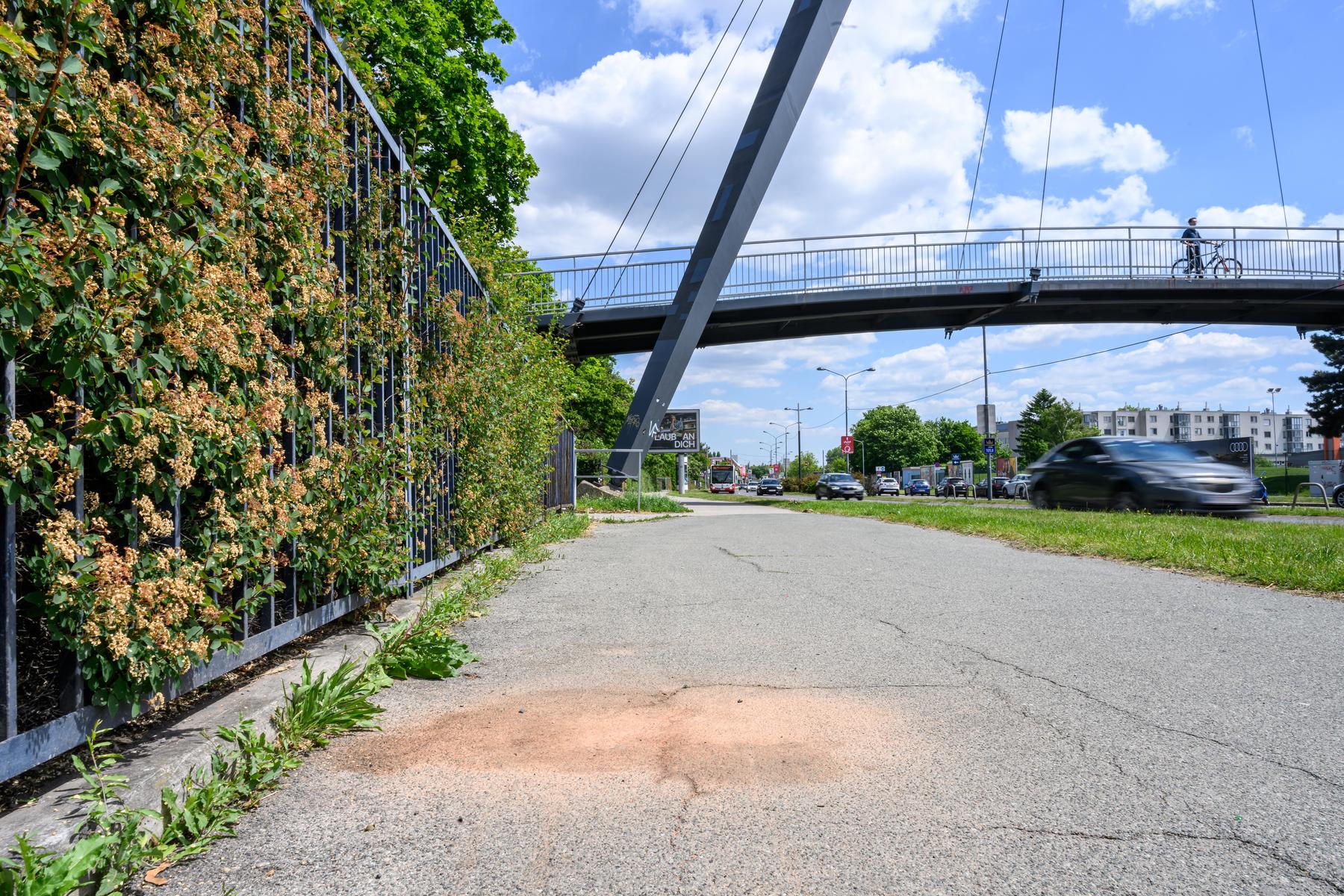Geography. The most important places in the life of Jesus Christ

In Easter time, one of the celebrations that serve as a cornerstone of Christianity, it is also important to look at geography and observe the most striking places in the life of Jesus Christ. These mythical places, as it is widely known, are located in the Middle East, a region that has been the scene of constant armed conflicts.
As the infographics presented, the territory was essentially divided into eight major regions-but it is those of Judea, Samaria and Galilee, the most relevant in the course of the life of Jesus Christ.
Born in Bethlehem, about ten kilometers from Jerusalem, and having grown in Nazareth, Mary’s homeland, Jesus quickly expanded her influence and teachings on other stops. Quoting Linda Whoodhead, in your book Understand Christianity Translated into Portuguese by Gil Tomás, « canon gospels combine stories about Jesus with their teachings, » and « although there are important variations between them, they all share a common narrative thread. » “The narrative decomposes significantly in two halves,” continues the author. « The first half presents Jesus as a master and miracle maker in the Galilee (the province of northern Israel). (…) The second part of the narrative moves to Jerusalem in Judea (the southern part of Israel), where the provocative ministry of Jesus alarms the governance authorities (the Romans, supported by the Jewish leaders) and leads to their detention, judgment and execution).
Speaking of more specific places, the stage of the most iconic passages of the life of Jesus Christ, we can identify several (present in the images that accompany the text). First, in Belém, the Church of Nativity. It is believed that this is where Jesus was born. According to UNESCO, « traditionally, it is believed that a particular cave, on which the first church was built, is the place of birth itself. When situating the Nativity, the place marks the beginnings of Christianity and is one of the most sacred points of Christendom, » adding that it is the « oldest Christian church in everyday use. »
Then, in Nazareth, the Basilica of the Annunciation can be found, where Mary received the news of the birth of Jesus. Back in the Judea region, more precisely Bethany, it was here that Jesus resurrected Lazarus. Lazarus’s tomb is even today a place of Christian pilgrimage. Making a trip from 14 kilometers to the west, we arrived in Ein Karen, a land where John the Baptist was born, who would baptize Jesus in the waters of the Jordan River, a still preserved place that receives hundreds of thousands of visitors every year.
Returning to Galilee, it is in the city of Cana that the Church of the Wedding of Cana is found, where Jesus first showed his ability to perform miracles, turning water into wine at the request of his mother during a marriage to which both and the disciples of Jesus were invited.
Finally, of course, we arrived in Jerusalem. The town’s uppermate was the scene of his famous last supper, eternalized by Leonardo da Vinci, and his crucifixion. It was at Calvary (“The Skull Place”, where the skull of Adam was said to be buried, already outside the walls of the city, that Jesus Christ was crucified and buried, having, after three days, resurrected. In this place was built, in the year 335, the Basilica of the Holy Sepulcher.
Thus, through the map and the photos presented, we can see some of the most striking places in the life of Jesus Christ, at a time whose importance for the followers of Christianity is superlative.








